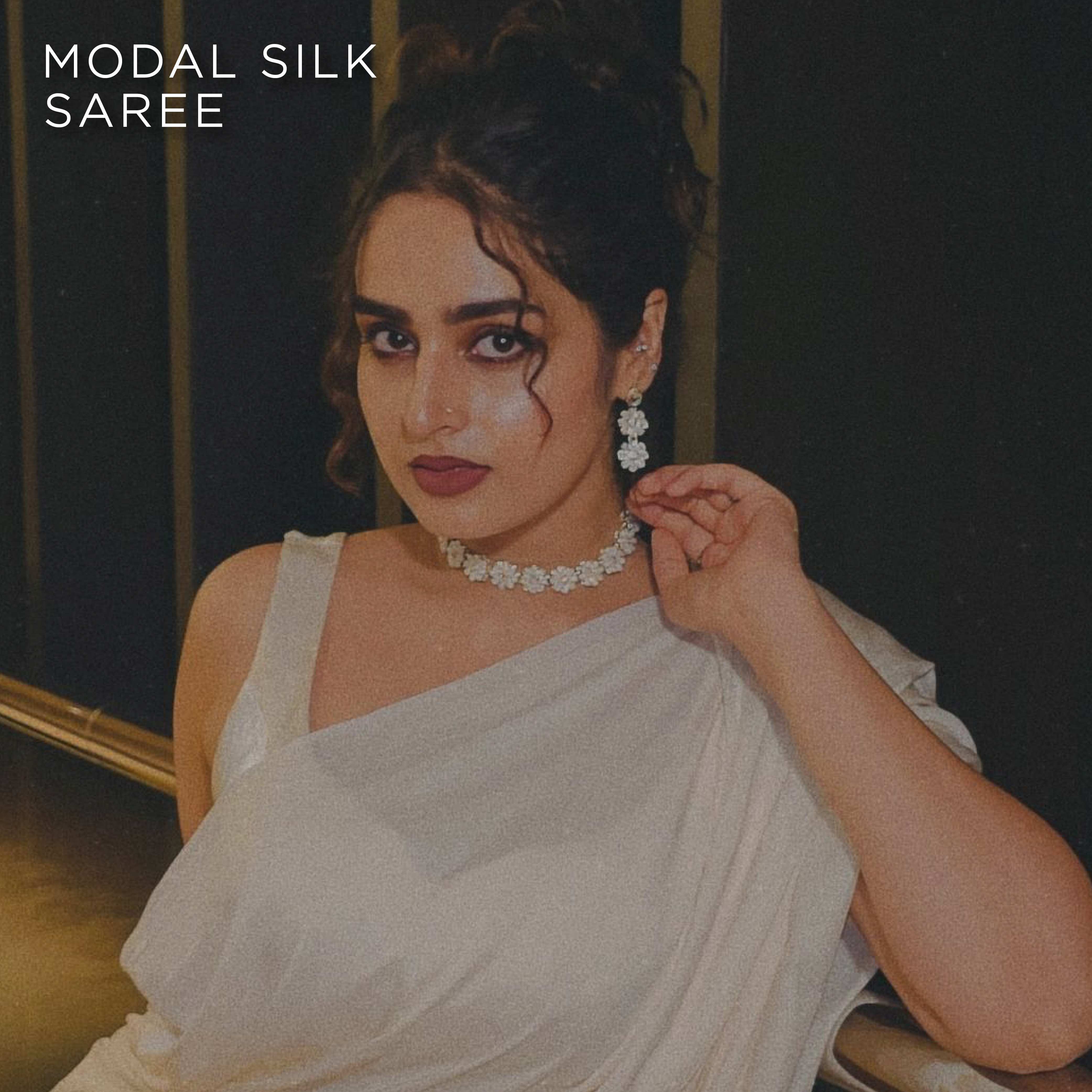The sun is in its prime. The heat is adoring the vibe of the pink city, Jaipur and at the same time making it hard for the tourists to roam around. The breeze coming and going giving them a breath of relaxation. The same breeze took us to thirty kilometers east of Jaipur city, in the rural Indian village name Bagru, in between the local lanes of the village is situated Chippa Mohalla. A vibrant locality of textile printing, which is often known as Printer’s quarter. In those lanes, you could spot the dreamy melange of colorful dyes with artistic wooden blocks. These quartes are usually crowded with smiling faces of artisans busily encapsulating the beauty of age-old printing craft, Bagru on the fabrics.
Bagru printing is a three-centuries-old tradition of block printing that is still breathing in the lanes of Bagru village because of the local Chippa artists.

History of Bagru Printing
Bagru is said to be 450 years old method of block printing. The art is mostly practiced by the Chippa community of Bagru village, who came from Madhopur, Alwar, Sawai, Jhunjhuna, and Sikar district of Rajasthan to settle in Bagru village around 450 years ago and to practice the art of wooden block printing. Thus, making it their daily livelihood.

All the colors used in Bagru printing are prepared from natural dyes. The primary color of Bagru printing is off-white. The natural dyes are often made with madder, indigo, turmeric, pomegranate rind, and other natural made products.
Like the black natural dye is prepared by worn-out iron camel or horse shoe, which is soaked in water with molasses. The whole mixture is kept aside for around 15 days, after which the decanted water is used as a black pigment.
Similarly, the red dye is prepared by keeping the gum solution overnight and then sieved through a cloth. A hundred grams of phitakari after being boiled in water is mixed with the gum solution. The color which comes out and is applied onto fabric often seems brown but after putting in a Bhatti (furnace) the color changes to red.
The maroon color is prepared by mixing red and black color in the ration of 3:1. Like these methods, there are numerous ways of preparing a natural dye.
The basic color combination use in Bagru printing are:
1- Black and White
2-Blue(Indigo) and White
3-Cream, Maroon, and Black
Motifs & Patterns Use in Bagru
A special craftsman community called Kharaudi perform the intricate business of carving the wooden blocks. They usually work with their traditional old tools like compass, saw, and wooden miller to carve the blocks.
The main patterns carved on the blocks are:
1- Patashi: Tiny floral designs of leaves, stems, and buds
2- Jhad: Interviewing tendrils and creative border lines
3- Hathi: The elephant

Process of Printing:
The process begins with preparing the fabric. Chippa community usually requires 2-3 days of time to prepare a paste of soda dust, sesame oil, and cow dunk. The mixture is used to remove the impurities from the fabric making it ready for the printing process. The fabric is washed, dried, and prepared for the “Harda Treatment” The treatment involves squeezing the fabric to get dry and then laid under the sun. The carved wooden blocks are then used to print artistic motifs and designs on the fabric.
Bagru printing consists of two types of the printing process- Direct Dye Printing and Resist Dye Printing. Both of the methods require soaking of wooden blocks on refine or mustard oil for a night and then washed.



Modern Era of Bagru Printing
Bagru printing has now found its place in the lookbooks of well know designer brands all across the globe. The Chippas has also modified their motifs inspired by new trend style and designs. Nowadays it is not only constricted in women’s clothing but also in men’s wear and home decor.
(Image Reference: Google)
Few of Chidiya’s styles inspire by Bagru printing.
|
||||||||
|
||||||||
|
||||||||




















